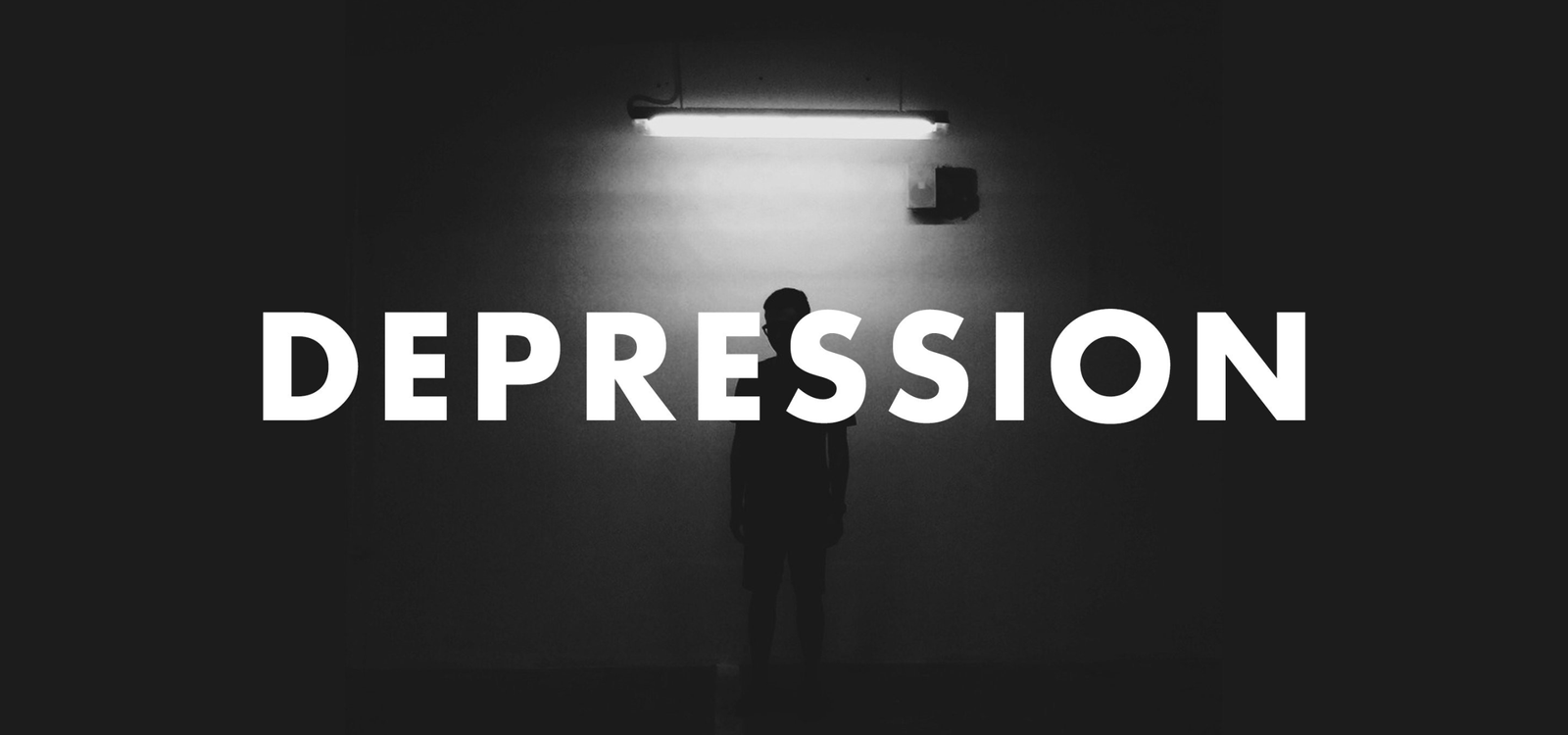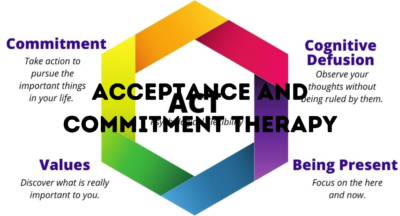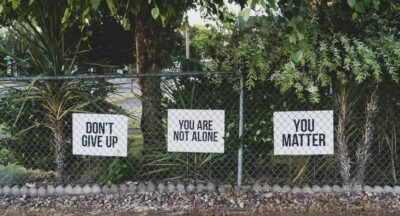
Understanding the Diagnostic and Statistical Manual of Mental Disorders-5-TR and its Classification of Depression
Introduction
The Diagnostic and Statistical Manual of Mental Disorders-5-TR (DSM-5-TR) is a widely recognized and authoritative guide used by mental health professionals for diagnosing and classifying mental disorders. Developed by the American Psychiatric Association (APA), it provides a standardized framework for understanding and identifying various mental health conditions. In this article, we will focus on depression, exploring its definition, symptoms, diagnostic classification, criteria sets, and subcategories as outlined in the DSM-5-TR.
Definition of Depression as per DSM-5-TR
Depression, also known as major depressive disorder, is a common mental health condition characterized by persistent feelings of sadness, loss of interest or pleasure, changes in appetite or weight, sleep disturbances, fatigue, feelings of worthlessness or guilt, difficulty concentrating, and recurrent thoughts of death or suicide. According to the DSM-5-TR, these symptoms must be present for at least two weeks and significantly impair an individual’s daily functioning to be diagnosed with depression.
Symptoms of Depression as per DSM-5-TR
The DSM-5-TR outlines several symptoms that may indicate the presence of depression. These symptoms include:
- Persistent feelings of sadness, emptiness, or hopelessness
- Loss of interest or pleasure in activities once enjoyed
- Significant weight loss or gain, or changes in appetite
- Insomnia or hypersomnia (excessive sleepiness)
- Psychomotor agitation or retardation (observable physical restlessness or slowed movements)
- Fatigue or loss of energy
- Feelings of worthlessness or excessive guilt
- Difficulty concentrating or making decisions
- Recurrent thoughts of death or suicide
Diagnostic Classification of Depression as per DSM-5-TR
The DSM-5-TR classifies depression as a mood disorder. It distinguishes between several subcategories of depression, including:
- Major Depressive Disorder (MDD): This is the most common form of depression and is characterized by the presence of one or more major depressive episodes.
- Persistent Depressive Disorder (PDD): Formerly known as dysthymia, PDD involves a chronic depressive state lasting for at least two years, with symptoms that may be less severe than those of MDD.
- Disruptive Mood Dysregulation Disorder (DMDD): Primarily diagnosed in children and adolescents, DMDD is characterized by severe and recurrent temper outbursts, along with a persistent irritable or angry mood.
- Premenstrual Dysphoric Disorder (PMDD): This disorder involves the presence of depressive symptoms that occur in the week before menstruation and significantly impact a woman’s functioning.
- Substance/Medication-Induced Depressive Disorder: This category includes depression that is directly caused by substance abuse, medication side effects, or exposure to toxins.
Diagnostic Criteria Sets for Depression as per DSM-5-TR
To diagnose depression, mental health professionals refer to specific criteria sets outlined in the DSM-5-TR. These criteria include the presence of a certain number of symptoms, their duration, and the level of impairment they cause. The DSM-5-TR provides detailed guidelines to ensure accurate and consistent diagnosis across different clinicians and settings.
Conclusion
The DSM-5-TR serves as an essential tool for mental health professionals in diagnosing and classifying mental disorders. When it comes to depression, the manual provides clear definitions, symptom criteria, and classification categories to aid in accurate diagnosis and effective treatment planning. Understanding the DSM-5-TR’s guidelines for depression can help individuals, their loved ones, and healthcare providers navigate this common mental health condition more effectively.
Related Posts
Understanding Counselling and Psychotherapy: Definitions, Differences, and Types
What is Counselling? Counselling is a professional relationship between a...
Understanding Acceptance and Commitment Therapy: A Comprehensive Guide
Introduction Acceptance and Commitment Therapy (ACT) is a form of psychotherapy...
Understanding Anxiety Disorders According to DSM-5-TR
What is the Diagnostic and Statistical Manual of Mental Disorders-5-TR? The...
Understanding DBT: Distress Tolerance and Effective Coping Strategies
Introduction to DBT DBT, which stands for Dialectical Behavior Therapy, is a...





Hare Krishna,
Depression is a common mental health disorder. It can affect people of all ages.it is persistent feeling of sadness, helplessness, loss of interest in activities once enjoyed, weight changes, changes in the diet, insomnia or hypersomnia,irritability or anger,social withdrawal. It is different from sadness or grief which is temporary. If sadness persists for more than 2 weeks, professional help is required.
Various treatment modalities for depression are psychotherapeutic treatment, pharmacotherapy,exercise, mindfulness, meditation, art therapy etc.
Depression can affect people of all ages.